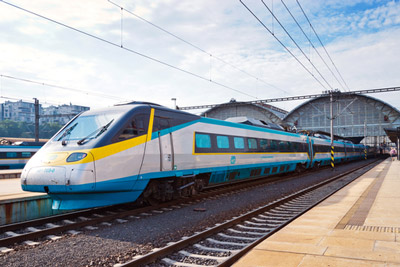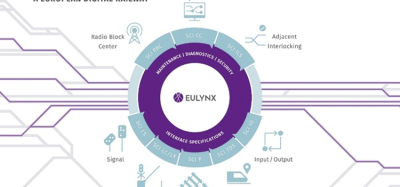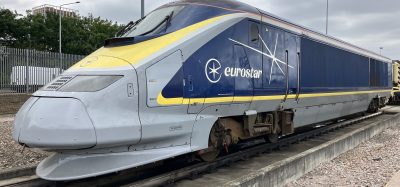Czech Railways to equip 663 vehicles with ETCS
Posted: 14 April 2016 | | No comments yet
Czech Railways (ČD) has announced it will fit up to 663 railway vehicles with the mobile part of the European Train Control System (ETCS) Level 2.


Czech Railways (ČD) has announced it will fit up to 663 railway vehicles with the mobile part of the European Train Control System (ETCS) Level 2.


ČD has revealed it is to equip railway vehicles with the mobile part of the ETCS in order to improve and enhance safety on Czech railway lines. The new control system makes it possible to stop trains in a timely manner ahead of a stop signal even if the train driver is incapacitated. In addition, the system will reduce a train’s speed before taking a diverging track or before a speed reduction on the line, for example before a tight curve requiring a significantly lower speed than that of the previous segment.
“The most modern interoperable ETCS control system further enhances the safety of our trains”
“The safety of ČD trains is a priority for us. We have already equipped 1,191 vehicles with the GSM-R European communication system and 1,535 vehicles with the TRS national radio communication system. This enables traffic controllers and dispatchers to stop a train during an extraordinary event, even remotely by means of a general stop, and thus contributes significantly to the high degree of safety on the Czech railway network,” says ČD Chairman Pavel Krtek, who goes on to explain the benefits of the new control system: “The most modern interoperable ETCS control system further enhances the safety of our trains. For example, the system is able to stop a train in time even before a stop signal, before a ‘red light’, beyond which there may be another train. At a speed of 160 km/h, the brakes must be deployed hundreds of metres in advance. The system also eliminates human error in the case of reduced speed when taking a diverging track, for example when arriving at stations or on the line before a significant speed reduction when entering a tight curve,” adds Pavel Krtek.
The mobile part of the ETCS control system will be installed on 663 vehicles of 33 different types. Vehicles to be fitted with the system include the fastest locomotives and electric multiple units of classes 151, 371, 380, 660/661 (InterPanter) and 680 (Pendolino), CityElefant and RegioPanter electric multiple units, the control trailers of non-traction railjet units, as well as other locomotives, multiple units and control trailers.
Up to 85 percent of the CZK 6.6 billion contract will be financed with European CEF funds which support projects interconnecting European transport and communication networks. Equipping Czech trains with the mobile part of the ETCS is also in accordance with the national implementation plan for introducing the European Rail Traffic Management System (ERTMS).
An ETCS test pilot was carried out in the Czech Republic throughout the Poříčany – Kolín segment. The system was previously installed on three other vehicles (151.008, 362.166 and 471.042).
According to ČD, vehicles will be able to use the ETCS train control system on the country’s backbone railway network. The Railway Infrastructure Administration (SŽDC) will gradually introduce the system on at least 2,000 kilometres of track. At present the system is being installed on the 1st Corridor between Kolín and Břeclav.
Stay Connected with Global Railway Review — Subscribe for Free!
Get exclusive access to the latest rail industry insights from Global Railway Review — all tailored to your interests.
✅ Expert-Led Webinars – Gain insights from global industry leaders
✅ Weekly News & Reports – Rail project updates, thought leadership, and exclusive interviews
✅ Partner Innovations – Discover cutting-edge rail technologies
✅ Print/Digital Magazine – Enjoy two in-depth issues per year, packed with expert content
Choose the updates that matter most to you. Sign up now to stay informed, inspired, and connected — all for free!
Thank you for being part of our community. Let’s keep shaping the future of rail together!







